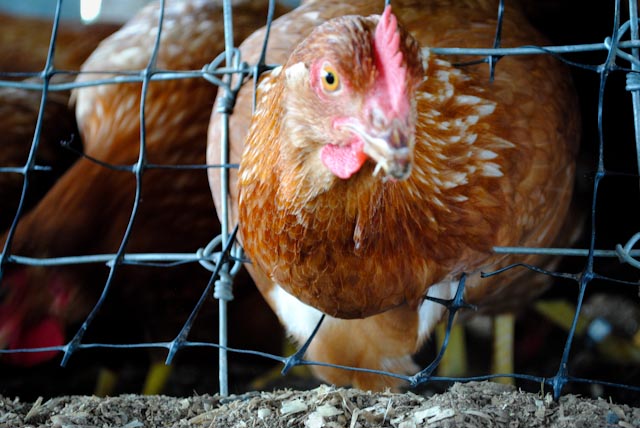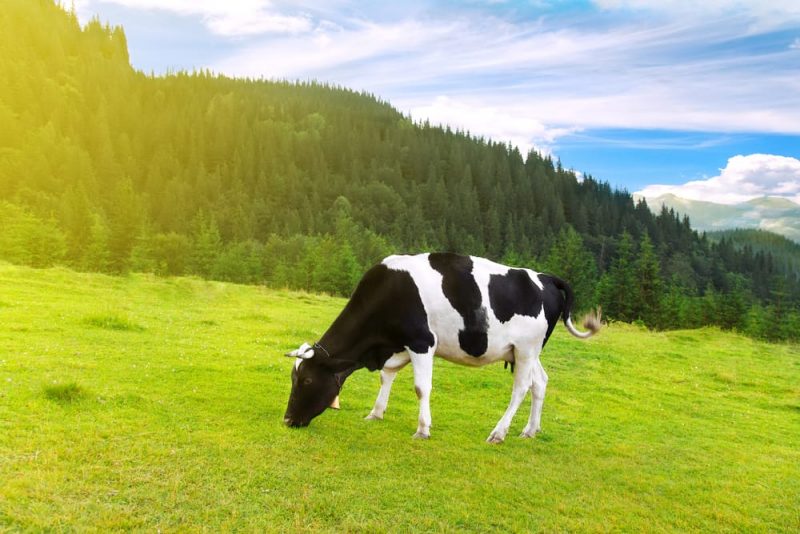The cattle raising It is a long-standing human activity that consists of the selective breeding of animals for their use and exploitation, both in terms of food and fur, preparation of substances, etc. It is distinguished from the management of wild animals, known as zoobreeding.
The forms of livestock farm they are adapted to the particularities and needs of each species and the region where this activity takes place, being today one of the main agricultural activities in the world.
Types of livestock
The livestock industry distinguishes between various forms of exploitation, according to their purposes and products, namely:
- Breeding livestock. The one that focuses on the multiplication and management of animals.
- Fattening livestock. It pursues the use of animals from their preparation and previous feeding, for food purposes.
- Dairy farming. It focuses on obtaining milk as a by-product of animal management, be it cattle, goats or other species.
- Dual Purpose Livestock. It is used for two of the previously mentioned activities.
Another possible classification deals with the methods and procedures used in the livestock farm, distinguishing between intensive and extensive livestock.
Differences between intensive and extensive livestock
- Extense livestock farming. It is the one that allows the free grazing of animals over a large area, in which animals reproduce freely and in imitation of natural ecosystems. It is a much less productive and efficient model of commercial exploitation, but at the same time more respectful of the environment and with a much lower demand for energy or material inputs. For instance: camelid farming, ostrich farming.
- Intensive livestock. It pursues the maximization in economic and productive terms of animal exploitation, incorporating technology, closed spaces in which to contain animals and promote their reproduction, fattening and use in accordance with the rules of food demand. In this sense, it is a much more aggressive, flexible and efficient model, with much greater control and human intervention in the growth of animals. But it is more polluting and, often, inhuman, since animals become mere objects of consumption. For instance:poultry farming, pig farming.
Advantages and disadvantages
Extensive livestock has the advantages of ecological respect, the greater naturalness of its products and low consumption of material and energy resources, since natural pastures are used. However, it has the disadvantages of being unproductive, not very homogeneous and contrary to the laws of the commercial market, in addition to its dependence and vulnerability to climatic and biological cycles.
Intensive livestock not so environmentally friendly, nor with the life of the animals, since it uses quantities of electrical energy and various feed, on the one hand, and keeps its animals stationary and locked up for most of their lives. On the other hand, the use of hormonal supplements and chemical additives is frequent as a mechanism to enhance and accelerate production, which allows it to satisfy the growing food demand and provide homogeneous information on its production.
Examples of intensive livestock

- Poultry farming. Most of the chicken we eat comes from poultry farms, where chickens are born, raised, fattened, and slaughtered. Rearing dynamics often involve methods such as injections of growth hormones or keeping chickens with the lights on all day to force them to eat more than normal. Something similar happens with egg-laying hen farms, in which hens spend their entire lives locked in cages.
- Cow dairy farming. Dairy farms tend to focus their management of cattle on obtaining milk, to be able to offer it in the various market instances. The production of milk involves a planned treatment of the animals to maximize and make constant their generation of milk and its rapid and massive extraction, using instruments that are often painful for the animal.
- Pig farming. Stable rearing of pigs for food purposes usually involves feeding the animals with the greatest amount of usable organic matter, taking advantage of the pig’s great digestive capacities. Thus, the animal is kept immobile and overfed to maximize its growth and its meat.
- Intensive cattle farming. Far from the pastoral areas, the intensive exploration of the cattle occurs in hyper-controlled areas and with a lot of human intervention in the selection of the feed, the selective crossing and the controlled reproduction.
- Beekeeping. Beekeeping can often be considered a form of intensive livestock, since the selective crossing of bee species is frequent, enhancing their honey-producing capacity, as well as providing them with sugars and even carbonated beverages to stimulate the production of sweet honeys. It usually occurs in controlled environments within wooden structures specially designed for it..
- Pisciculture. The rearing of trout and species of fish for sports consumption is characteristic of regions distant from the sea, since these animals are cultivated in large exclusively rearing ponds, where the temperature and alkalinity levels of the water are controlled, to the type of diet. they receive to encourage reproduction.
Examples of extensive livestock

- Extensive cattle farming. It is about raising cattle in large areas of land (as in the savannas of North America or Asia), taking advantage of the grassy vegetation common in those latitudes as food.
- Patagonian livestock. The breeding and use of Patagonian lamb in southern Argentina obeys extensive patterns, where the animal grazes at will over long stretches of land, thus developing fibrous and robust, lean meats, which are highly demanded by the local carnivorous palate.
- Livestock of camelids. Common in Peru, Bolivia and northern Argentina, the rearing of llama, vicuña and other forms of domestic camelids are vital for obtaining meat and wool for the textile industry. These animals tend to graze at will, it is even possible to see them in towns and small hamlets mixed with the population.
- The farms. In traditional, minority production farms, animals such as cows, pigs and chickens roam in a kind of local ecosystem, which allows them to develop in an ecological way, taking advantage of waste material to fertilize the land and without the presence of large massive technologies or genetically engineered foods for fattening.
- Ostrich farming. Frequent in Australia and New Zealand, the ostrich is part of the species adapted to farm life, through extensive cultivation that allows them to graze and reproduce naturally.
- Domestic cattle and goat farming. The domestic livestock of sheep and goats is common to many rural sectors of Europe, for which the surrounding territory is used and few material or energy inputs are used. It is a subsistence or locally valued livestock model.
